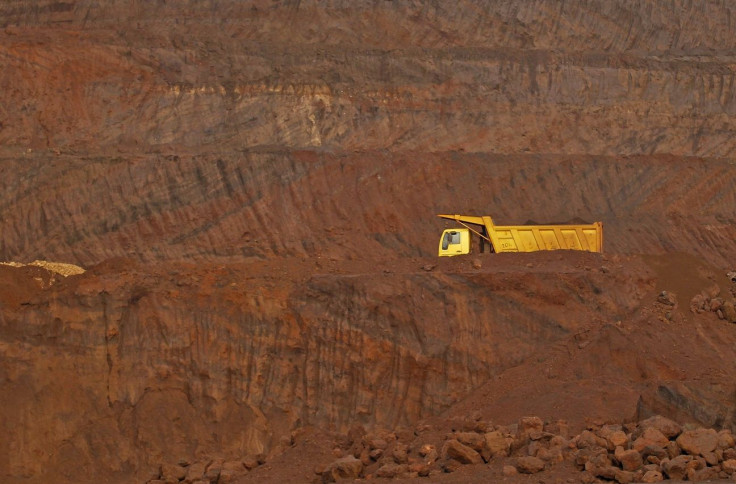India steadily moves up as one of the leading steel producers globally

India’s steel industry is recovering after it was set back by cheap steel imports surplus from other countries including China. The surfeit resulted from steel supply overtaking the global demand and prices declining.
The National reports India’s steel consumption is climbing, the lone major market to do so, as it is prompted by country’s economic growth and its bigger efforts on manufacturing and infrastructure development.
India, with 7.88 million metric tons, is still the third largest steel producing country in June 2016 following China’s 69.5 million metric tons of steel produced and Japan’s 8.8 million metric tons, according to the data of the World Steel Association (WSA). Outperforming the US, which is now in the fourth spot, India has grown 3.9 percent from the same period last year.
India steel regains strength
The WSA has previously expected Indian steel demand to balloon by 7.3 percent in 2016, and global steel use to grow 1.4 percent. The National Steel Policy 2005 had projected steel production to reach 110 million metric tons between 2019 and 2020. The abundance of ongoing projects though point to an even larger consumption for domestic crude steel, boosting capacity to around 140 million metric tons by the 2016-2017 period. It is also estimated to reach 149 million metric tons, according to India’s Ministry of Steel.
The Ministry of Steel also stated that production of total finished steel -- both alloy and non-alloy -- for sale was 91.46 million metric tons in the 2014 to 2015 period, while pig iron's was 9.7 million metric tons. These show growth of 4.3 percent and 22 percent respectively from the previous year. The country is now the biggest producer of sponge iron globally, as the coal-based route made for 90 percent of India’s sponge iron production.
Increasing demand for coal
Coal drives the global production of steel. The largest exporter of coking coal worldwide, BHP Billiton Ltd., projects a rise in demand for steel-making ingredients. India, with its increasing output, will lead emerging economies. BHP upped its coking coal production guidance by 7.5 percent for this fiscal year. The company expects India’s steel output to rise and for China’s growth to continue in the next 10 years. These two nations alone are poised to consume 50.5 percent of global steel, and even junior miners are positioning themselves to service this specific Pacific market.
For instance, global mining exploration and production company AIM Exploration Inc. (OTC: AEXE) is focusing on anthracite coal, the highest-ranking of its kind. It is high in demand but it only comprises less than one percent of global coal reserves. With its acquired mining concessions and assets from Percana Mining Corp., AIM Exploration Peru now owns and controls the mining concession for 1,000 hectares of land in the Alto Chicama basin.
Local geologists completed a Technical Report in 2012, which indicated an excess of 100,000 million metric tons of anthracite available at the property. As the most recent projections from the World Coal Association showed India as one of the strongest markets worldwide, AIM focused its strategic marketing efforts in the country. In the second half of 2015, India’s Prina Energy stated its intent to purchase 500,000 metric tons of anthracite annually for a period of five years from AIM.
“The developing world needs steel, steel needs coking coal, and we have the strongest resource position in the seaborne market,” Mike Henry told Bloomberg. Henry, the president of operations at BHP’s Minerals Australia, also stated that the company intends to reduce costs up to 20 percent and is targeting US$600 million (AU$795 million) of productivity gains over the next year amid output boosts.





















